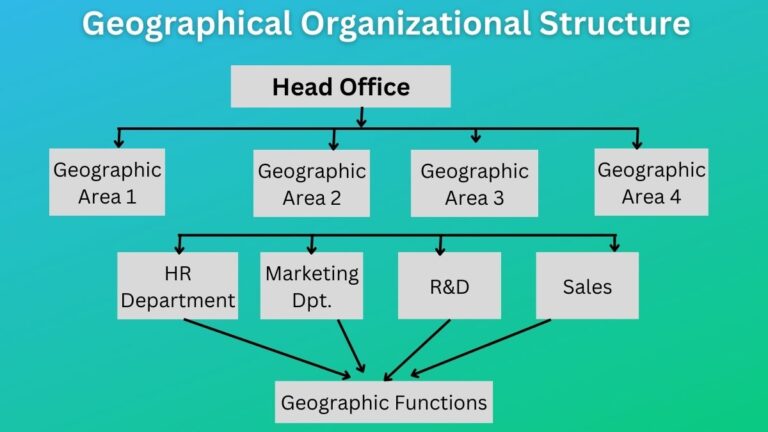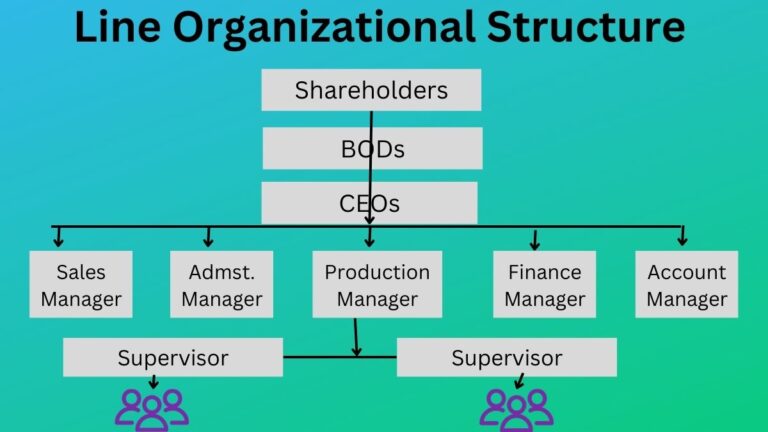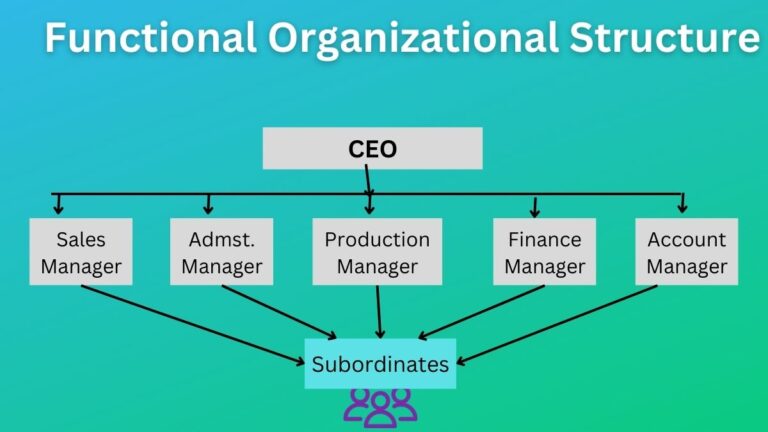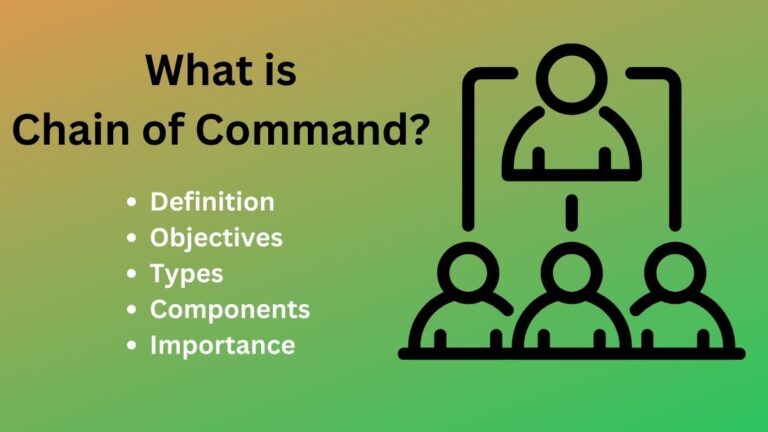What is Geographical Organizational Structure? Definition, and, Pros/Cons
What is Geographical Organizational Structure? Geographical organizational structure is the process of creating a structure of the organization based on different geographic regions and locations where the organization’s activities operate. As its name suggests, it creates organizational structures considering the geographical operations of the business. The geographic structure is suitable for organizations having expanded operations…








